The Legacy Of Apple And Its Products
Explore the rich history of Apple and the legacy of the products it has developed.
This article is more than 2 years old
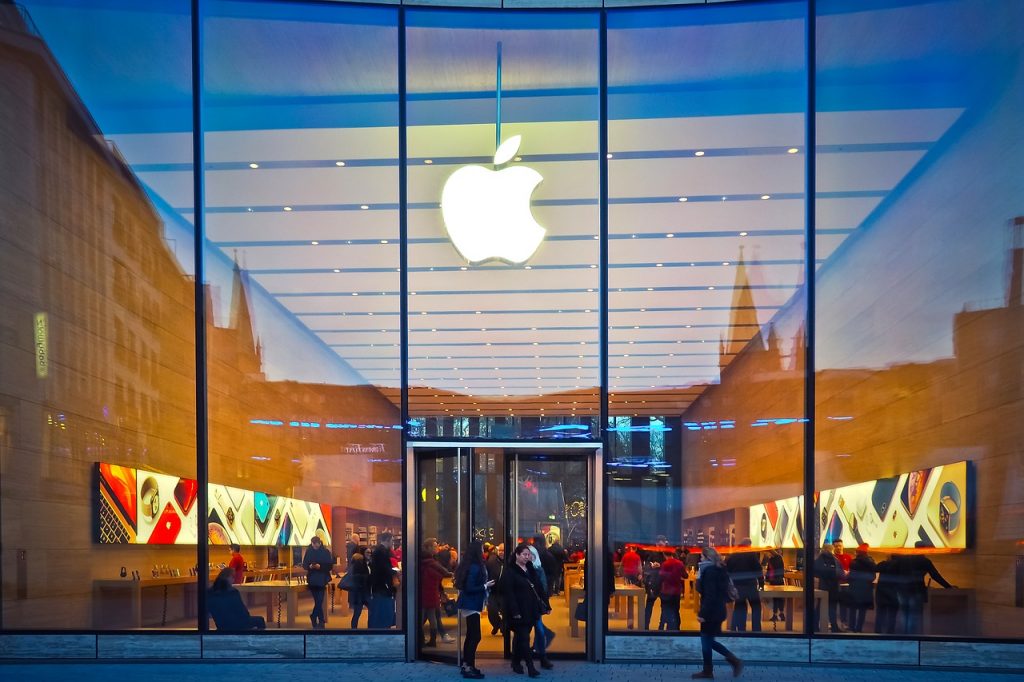
Apple and its products, over the years, have evolved to become not only widely used but something of a cultural phenomenon. The world-renowned tech giant revolutionized the smartphone industry and consistently delivers products that are as functional as they are sleek and sexy. There is a whole fan subculture dedicated to the appreciation of both their hardware and software. Tech YouTubers like iJustine and Renee Ritchie have made careers out of their perpetual passion for the company. They were the first business to ever be valued at $1 trillion dollars and their immense success seems to have no limits. From Macbooks, iMacs, iPhones, AirPods, HomePods, Apple TV, and more, every product they release seems to instantly fly off the shelves. So how did they come to garner such widespread acclaim? One might be surprised to know that Apple’s humble origins began with a chance meeting of two unlikely friends, Steve Wozniak and Steve Jobs.
THE FOUNDERS
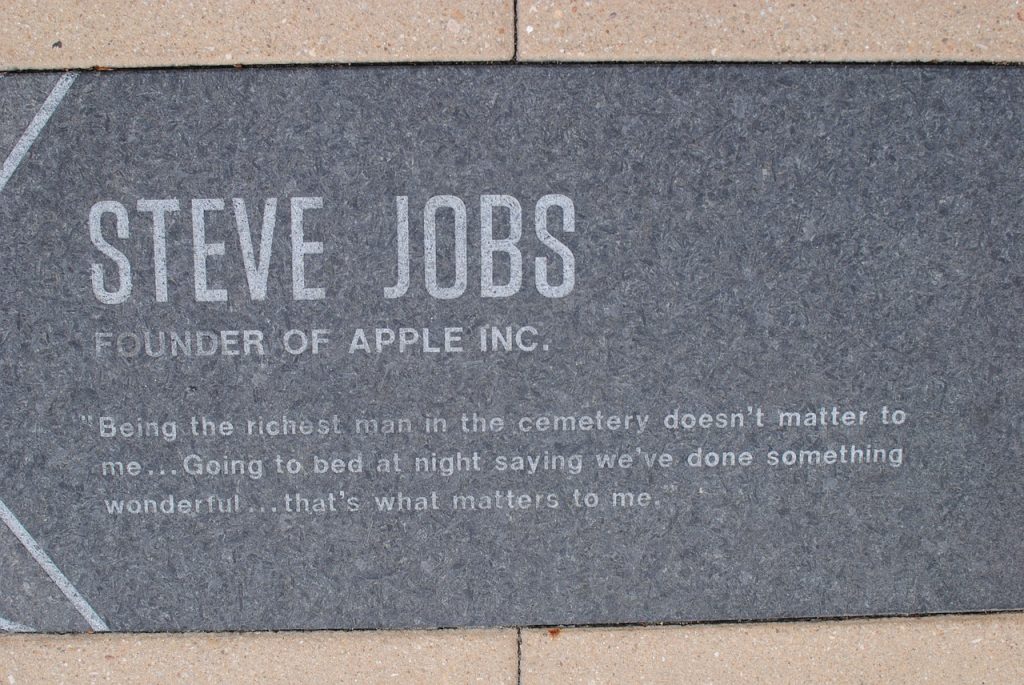
Steve Wozniak, or Woz as he is frequently called, and Steve Jobs first met in the early 1970s. Jobs was still in high school and Wozniak, nearly five years his senior, was in college. Steve Jobs was a smart and charismatic, but unruly student who frequently got bored in school and loved to test the limits by playing pranks.
By contrast, Woz was quieter, humble, and more introverted, but like Steve, he loved to play pranks. In fact, when was in the 12th grade he built a metronome whose ticking mimicked that of a bomb. He fastened it to a locker and rigged it so that when one would open the locker door the ticking would get faster. This little stunt actually caused Woz to wind up in jail for a night. Jobs and Woz bonded over their shared love of computers and tinkering, their histories of prank-playing, and their appreciation of Bob Dylan. They quickly became best friends
APPLE BEFORE APPLE
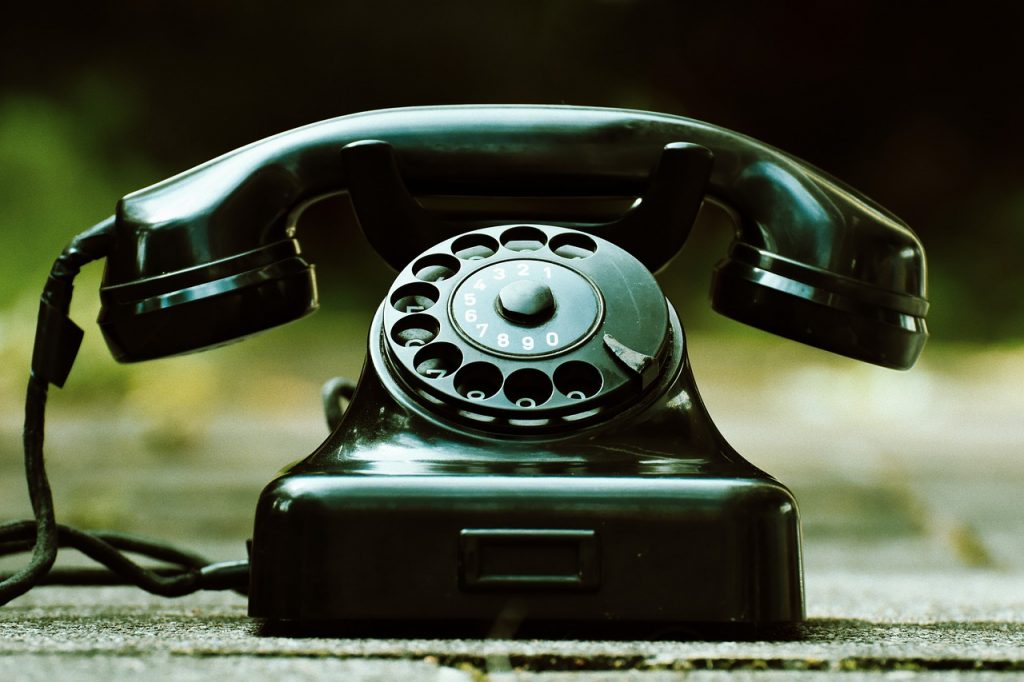
Woz, because of his immense passion for tech was always reading new articles that would be published on the subject. One morning in September of 1971 he was reading Secrets Of The Little Blue Box by Ron Rosenbaum. The article detailed how phone hackers were successfully able to make long-distance calls for free by altering the rerouting tones on AT&T’s network that would come from the little blue box inside the phone. The article described that the hackers were able to do this after realizing that AT&T had published all the information they needed to know in the Bell System Technical Journal.
As Woz was reading he was getting more and more excited and as soon as he realized that he could build a little blue box himself if he could get ahold of the Bell System Technical Journal he called up his best friend Steve. However, after Rosenbaum’s article was published AT&T swiftly began communicating to libraries and bookstores to remove the book from their shelves. So, in order to acquire a copy, one Sunday night when libraries were closed, the duo broke into the Stanford Linear Accelerator Center and took the book. Soon after, they bought the parts and had a working machine by that Thanksgiving.
The pair started by just having fun with the device on their own, making free calls. They once even attempted to call the Pope by posing as Henry Kissinger, they nearly succeeded, too. However, soon after the initial novelty wore off, Jobs came up with the idea that Woz and he could build more of them and sell them for profit. Jobs sold Woz on the idea and they did just that. This dynamic is the foundation of how their partnership would function at Apple. Woz did the building and Steve would handle all the talking.
THE APPLE I, THE APPLE II & THE APPLE III
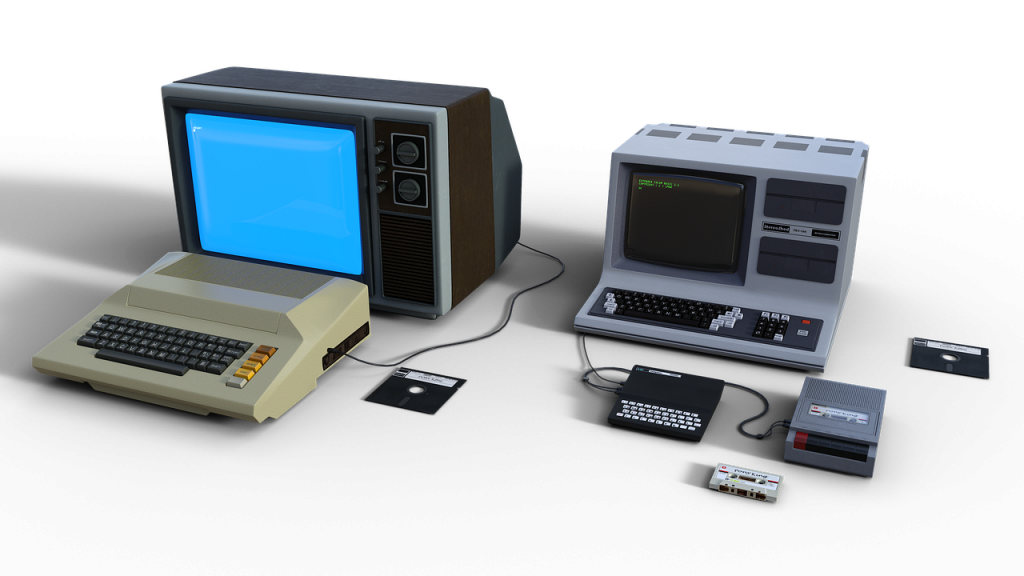
After Steve Jobs graduated high school, the pair went their separate ways for a while. During this time Jobs heavily embraced counterculture. He took drugs like LSD and fully embraced the hippie lifestyle, at one point even journeying to India on a trip of self-discovery walking barefoot the entire time.
Jobs’ embracement of counterculture after graduating high school, as well as his enduring love for technology, were two important factors because when he returned home to Silicon Valley he joined The Home Brew Computer Club, which “encapsulated the fusion between counterculture and technology.”
Steve Jobs told his friend Woz about the club and on March 5, 1975, the pair attended the very first meeting. At the meeting, Woz saw two key things that would influence the development of the Apple I, The Altair computer kit and a spec sheet for a microprocessor. These two things were the very building blocks from which Woz constructed his very first prototype. “That night I started to sketch out on paper what would later become known as the Apple I,” said Wozniak in an interview with Walter Isaacson who authored the book, Steve Jobs.
The Apple I, although it wasn’t called that yet, soon became a reality. Woz had successfully built the very first computer that was attached to a monitor and had the capability to reproduce typed letters on its screen. Woz initially wanted to give his creation away for free, simply because he wanted to share with others his passion for technology. Jobs, on the other hand, thought that they should make their very own computer company and sell his device. Jobs was able to convince Woz. “I was excited to think about us like that. Two best friends making a company. Wow. I knew right then I’d do it. How could I not?” Said Wozniak.
The pair eventually settled on the name Apple after Steve was inspired by his period of self-discovery during the time he was residing at a hippie-run orchard called All One Farm. Apple was made official on April 1, 1976. Soon after they became a company and this is when they, famously, turned Steve Jobs’ parents’ garage into a workshop and began building the computers. They took their machine to Atlantic City, NJ to display at the very first Personal Computer Festival on Labor Day weekend in 1976. By that time, Woz was already working on the Apple II.
Jobs and Woz eventually garnered enough capital to put the Apple II into full production, and although the friends had begun to experience some bumps along the way in their personal relationship their partnership was able to endure. By the end of the 1970s, Apple was a successful company and had its own staff of designers and engineers. In May of 1980, Apple began selling the Apple III and on December 12th of that year, they went public offering 4.6 million shares at $22 per share with a valuation of over $100 million dollars.
THE MACINTOSH, THE LISA, & 1984
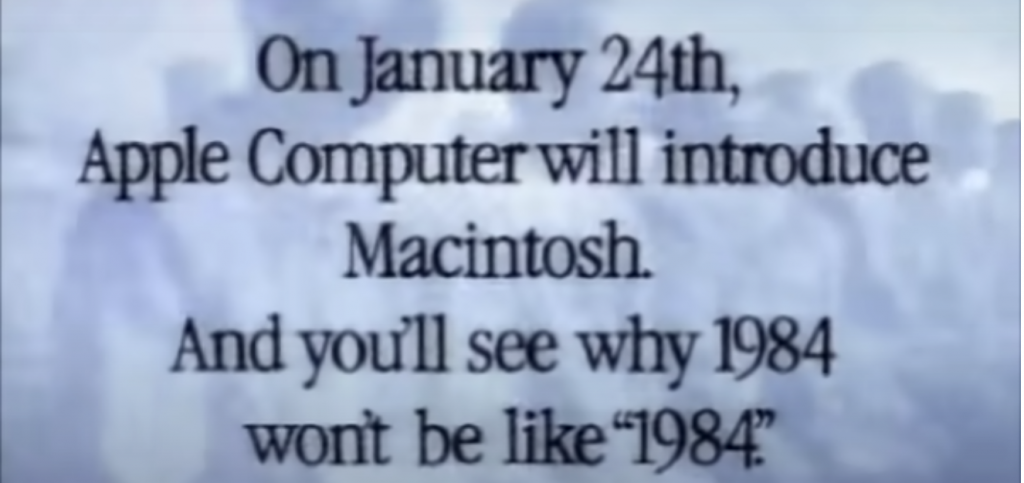
The 1980s were largely marked by a period of turmoil for Apple. Even though Jobs and Wozniak’s friendship and partnership was able to endure throughout the early years of the company, despite having disagreements with each other, by 1983 Woz had become so disillusioned by things that he decided to leave.
Steve Jobs whose reputation precedes him as being notoriously difficult to work with was also experiencing contention with the higher-ups and then CEO John Sculley at the company. Jobs recruited his own team within Apple to begin working on the Lisa computer, while the other portion of the company began work on designing the Macintosh.
Both computers were advantageous for their time because they were the first PCs to feature a Graphic User Interface or GUI. Essentially Apple was the first computer company to offer computers with dedicated graphics. Despite the Lisa being the superior computer, it never took off, and, as one may have guessed, the Macintosh won out. Steve Jobs relented, and in what now might be considered the very first Keynote in January of 1984, the Macintosh literally said “Hello” to the world.
The Macintosh became the embodiment of PC counterculture, it was everything that former PCs weren’t. They appealed to people who had never even touched computers before simply because their GUIs made them so intuitive to use. This feeling of going against the status quo, being the rebel, and “thinking different” was famously communicated in Ridley Scott’s, now historical, 1984 commercial that marketed the Mac.
THE FALL & NeXT
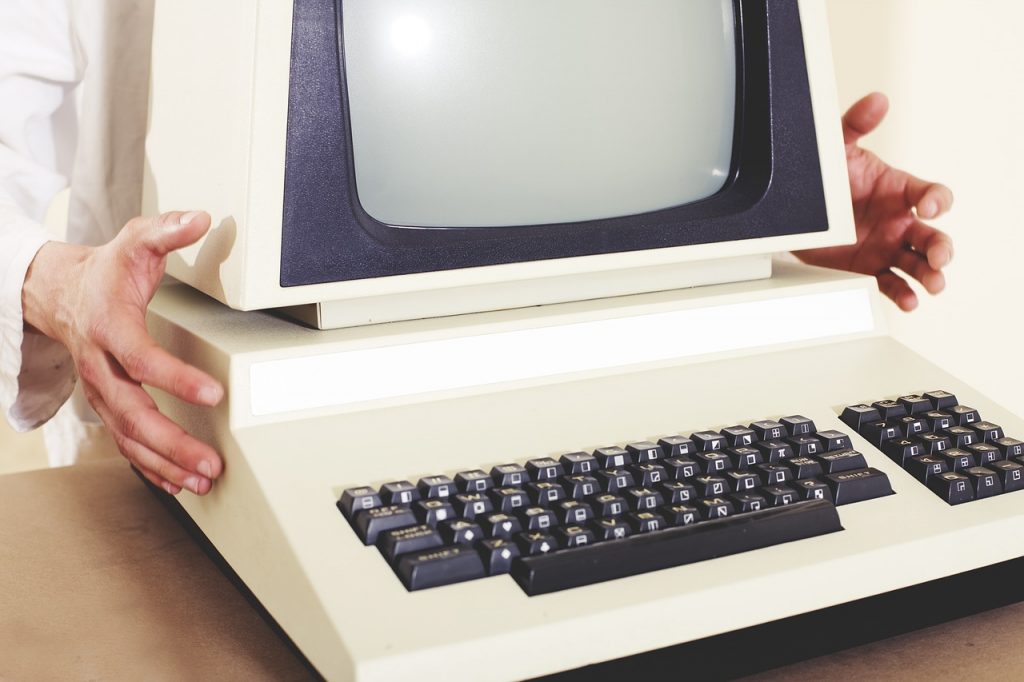
The Macintosh was a huge success. However, that did not change the contentions that were transpiring behind the scenes. By 1985 the relationship between Steve Jobs and those who worked for the company had been become so tense and fractured that he was ultimately pushed out of the very company he founded.
Steve Jobs ended up leaving in 1985 and founding a new computer company called NeXT. Jobs developed next with both education and enterprise in mind and marketed his computers as such. NeXT only ever saw marginal success. Meanwhile, Apple was quickly drowning under the direction of John Sculley, whose background as PepsiCo’s CEO has not afforded him the modern skills needed to successfully handle a company that existed on the precipice of emerging computing technologies.
During Apple’s rapid decline, the PCs that competitor Microsoft was putting out were quickly gaining traction in the market, eventually leaving Apple in the dust. Throughout the 1990s Apple struggled to hang on to what became only a tiny market share of users, and near the end of the decade, Sculley was finally forced out.
In what would become the defining move the brought Apple back from the brink, Apple decided to purchase Steve Jobs’ company NeXT, which officially meant that Steve would return to his company.
THE TRIUMPHANT RETURN & RISING FROM THE ASHES
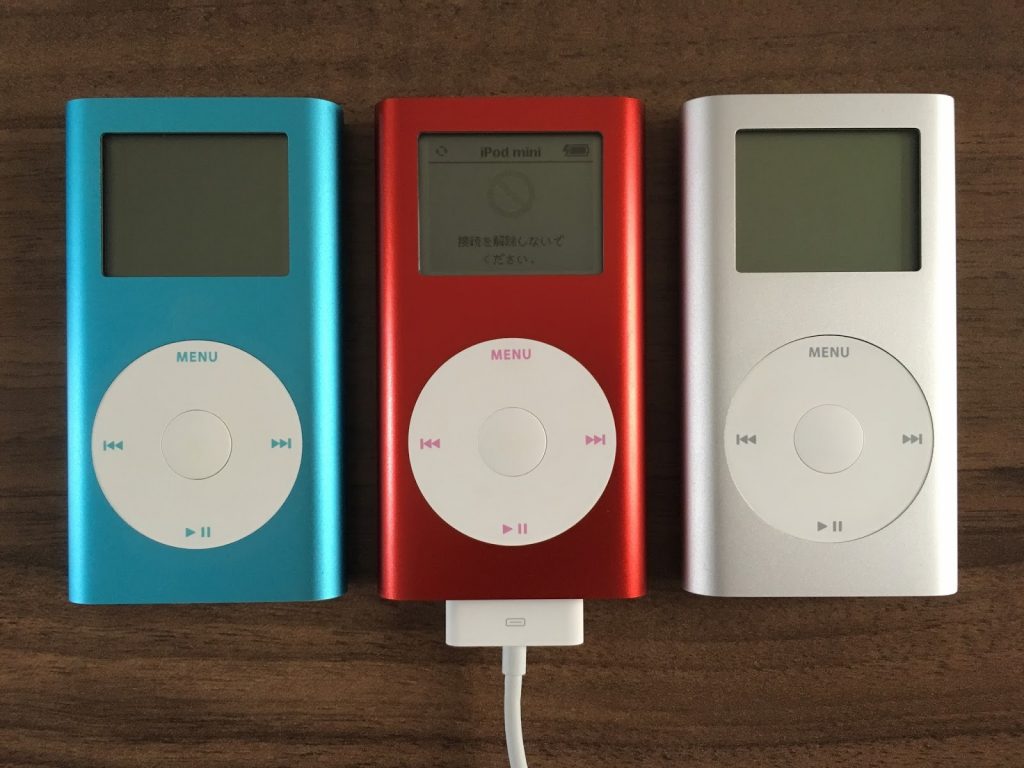
Steve Jobs officially returned to Apple in February of 1997 and was CEO again by the fall of that year. What happened next, happened in relatively quick succession. In 1998 Apple introduced the very first version of the iMac made famous for its unique colors and novel all-in-one design. The iMac, which sold an impressive 800,000 units in the five months following its release, was designed by Johnny Ive. Ive would go on to design both the iPod and later the iPhone.
Throughout the late 1990s, Apple wisely focused on acquiring various software companies, and in April of 1999, they introduced their proprietary video editing software called Final Cut Pro. In 2001 the company released MAC OS X which was based on software that Jobs had developed during his time at NeXT. In April of that year, Apple launched its very first retail store in Virginia and California. Then, on October 23, 2001, the iPod was released and it instantly took the world by storm. Apple unveiled the iPod Mini in 2002 and then the iTunes Store in 2003. Apple was once again on the map.
INTEL & THE iPHONE
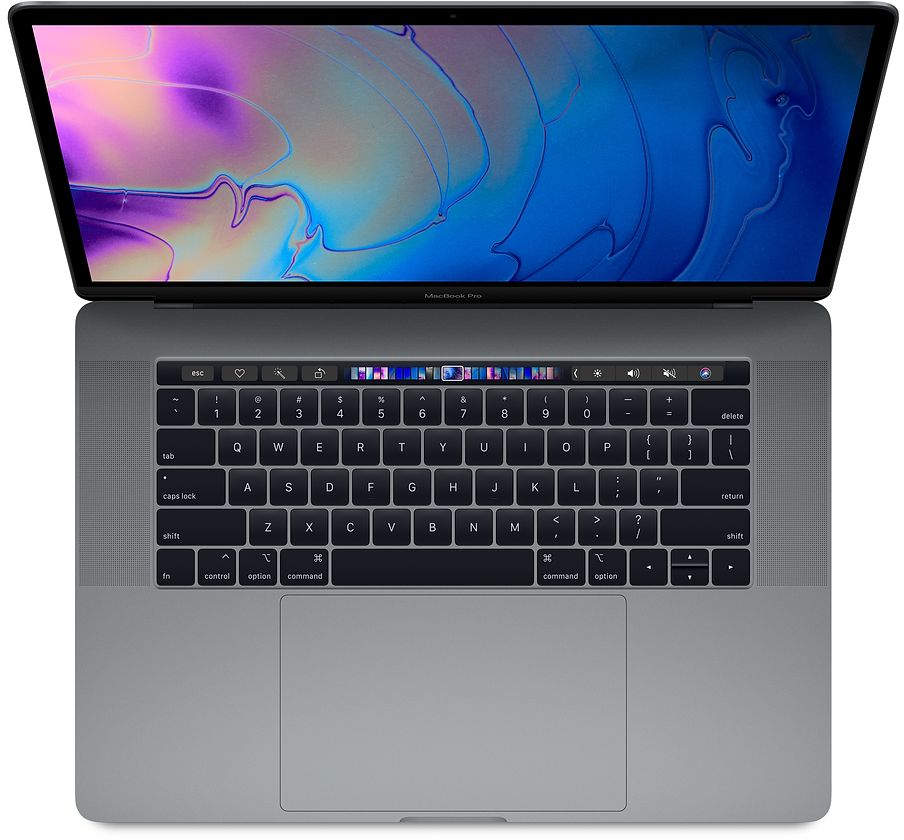
In 2006 Apple began producing computers with Intel processors. This was a big deal because it made the computers compatible with industry-standard software that previously had not been able to run on the computers. It made the computers instantly more relevant in a market the was dominated by machines running on Windows. Apple’s computers immediately began gaining more traction as more and more users caught on that they could now run things like Microsoft Office on an Apple computer.
The emerging success of the refreshed Macs was just the tip of the iceberg. In 2007 Steve Jobs unveiled the iPhone. The iPhone revolutionized the cell phone industry and was the catalyst for the development of a 3G cellular network. The iPhone redefined what a cell phone was and opened up a whole new breadth of possibilities for what personal computing could be.
FINAL FAREWELL & ENTER TIM COOK
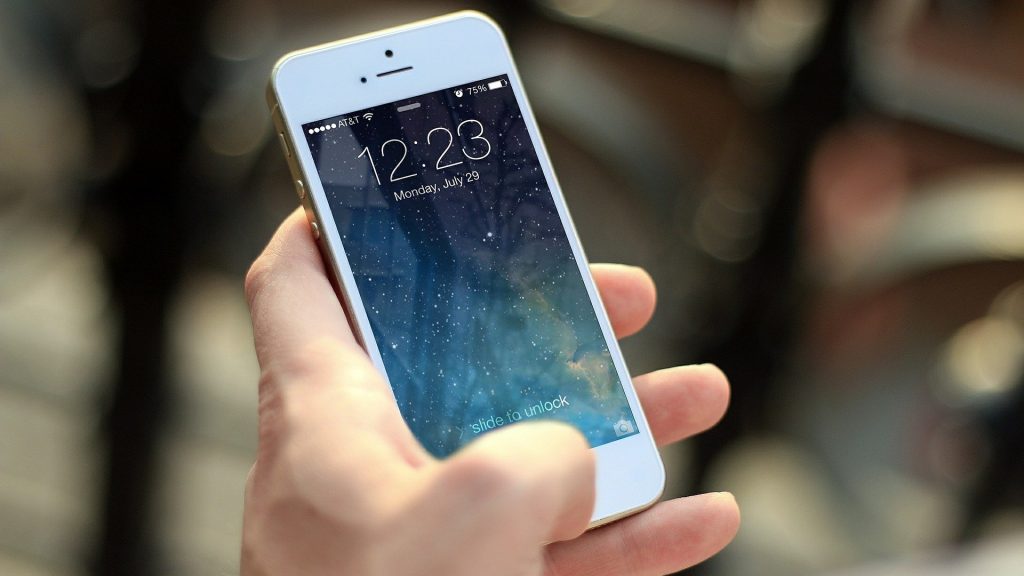
Just as Apple was positioning itself to reach new heights Steve Jobs announced in January 2009 that he was taking a 6-month-long medical leave of absence. Even after he returned from the medical leave Jobs’ health was taking a notable decline. When he unveiled the iPhone 4 at Apple’s Keynote in 2010 he looked skinny and frail. As Jobs was getting visibly sicker Apple was getting stronger. The first iPad was introduced in January of 2010 and By May of that year, Apple has eclipsed Microsoft at the stock market for the first time since 1989.
Jobs was forced to take another medical leave from Apple in January of 2011 at which time Tim Cook took over all of the day-to-day operations at the company. In August of that year Steve Jobs officially resigned as CEO and on October 5, 2011, he passed away due to complications from pancreatic cancer.
LOOKING TO THE FUTURE
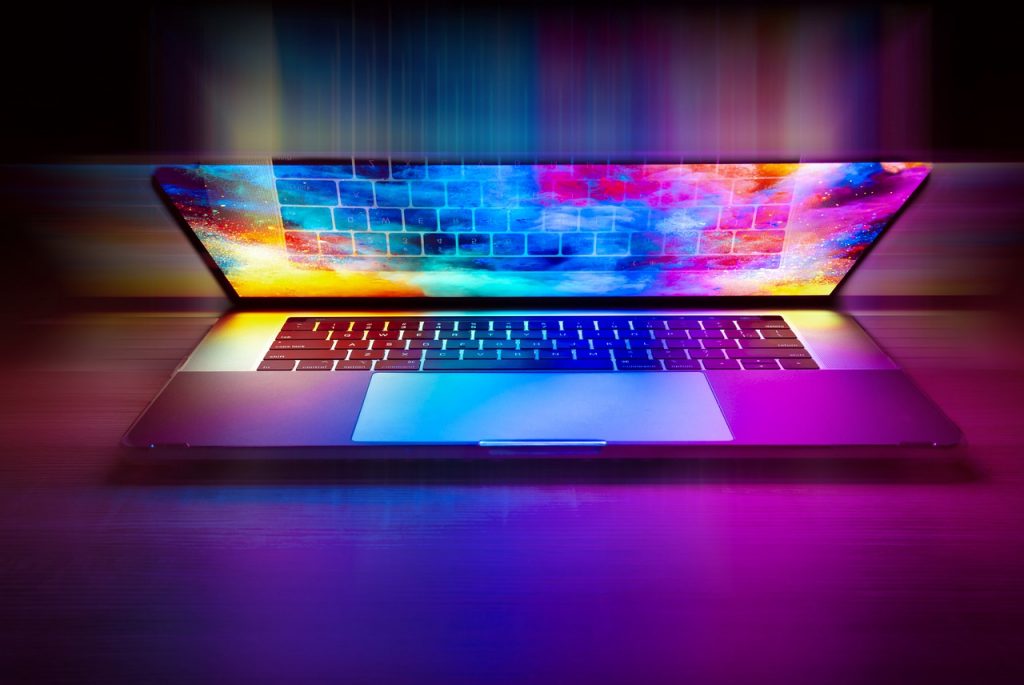
Tim Cook took up the mantle from Steve Jobs and has certainly made good on his promise to take care of the company. Apple is more successful than ever. Their new proprietary M1 chips elevated their PC’s computing capabilities to remarkable levels. The iPhone remains a cornerstone representation of smartphone technology and all of their other peripherals such as the iPad, AirPods, and even Apple TV continue to dominate the market in their respective categories.
Apple is consistently looking to the future with rumors that they are developing AR/VR glasses whose power is said to be equivalent to their latest MacBook Pros. They are also rumored to be working on a driverless car. It is remarkable that an unlikely friendship that was sparked all those decades ago laid the initial foundation for a company that has become not only a cultural icon but one that has had a deep influence on shaping the way we as a populous use and interact with our technology.



